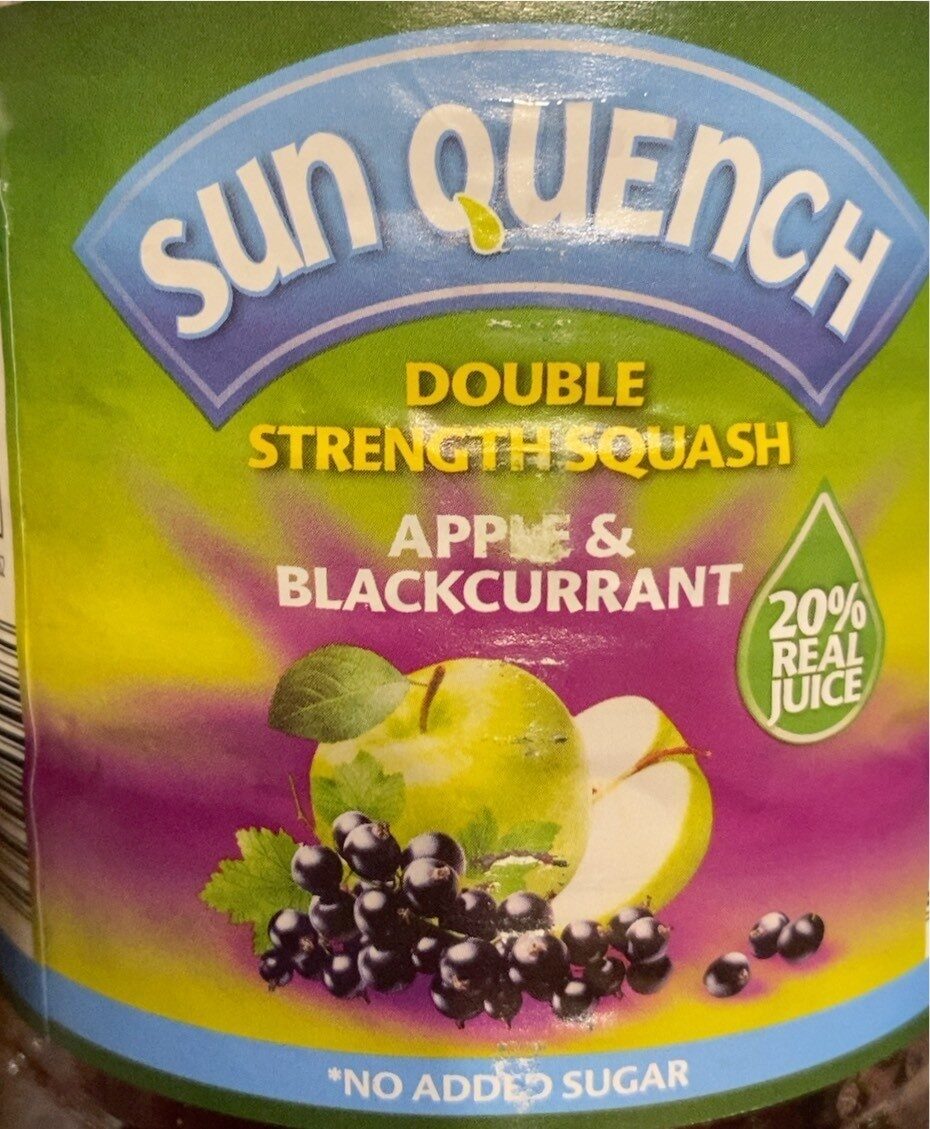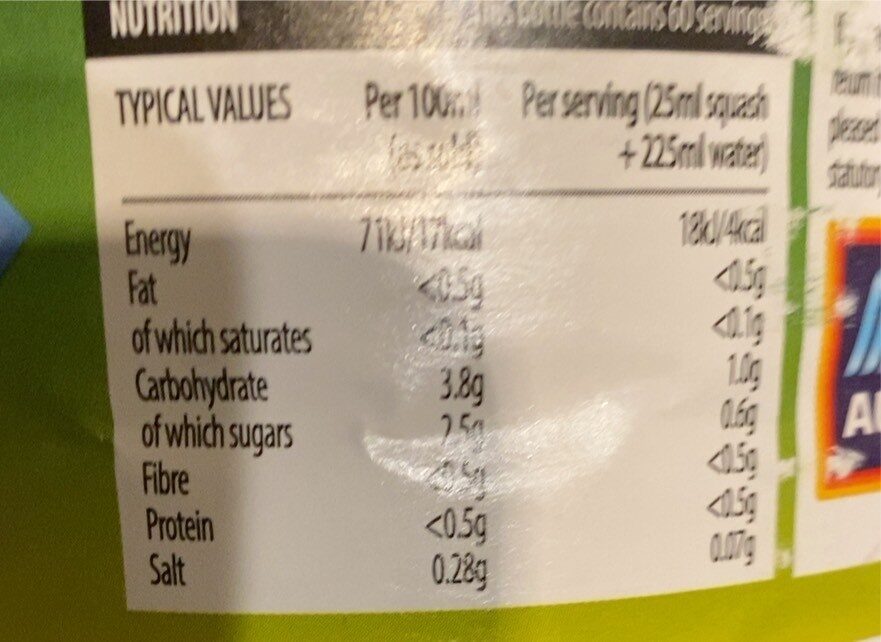Lidl Apple and Currant Squash - aldi
This product page is not complete. You can help to complete it by editing it and adding more data from the photos we have, or by taking more photos using the app for Android or iPhone/iPad. Thank you!
×
Barcode: 4088600243962 (EAN / EAN-13)
Packaging: Pet-bottle
Brands: Aldi
Categories: Plant-based foods and beverages, Beverages, Plant-based beverages, Fruit-based beverages, Juices and nectars, Fruit juices, Fruit juices from concentrate
Labels, certifications, awards: No added sugar
Stores: Aldi
Countries where sold: United Kingdom
Matching with your preferences
Environment
Carbon footprint
Packaging
Transportation
Report a problem
Data sources
Product added on by openfoodfacts-contributors
Last edit of product page on by .
Product page also edited by ecoscore-impact-estimator, inf, kiliweb, nikdey, roboto-app, teolemon, yuka.sY2b0xO6T85zoF3NwEKvlm9JSv-FvSvjExbRiHaE-fSeBbDkPdgu7aaga6o.










